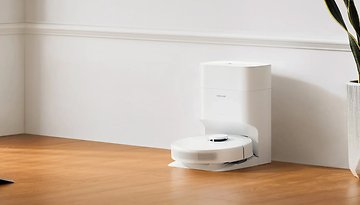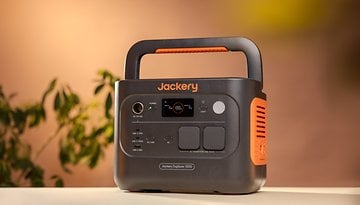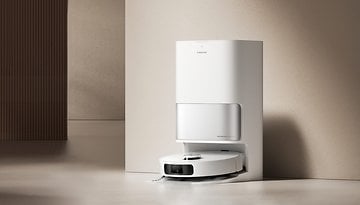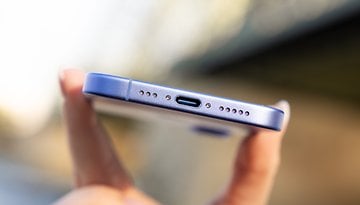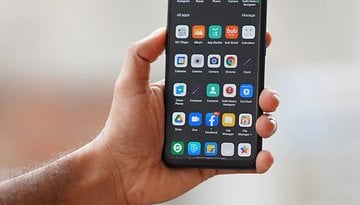Amazon's Smart Home: Redefining Modern Living?
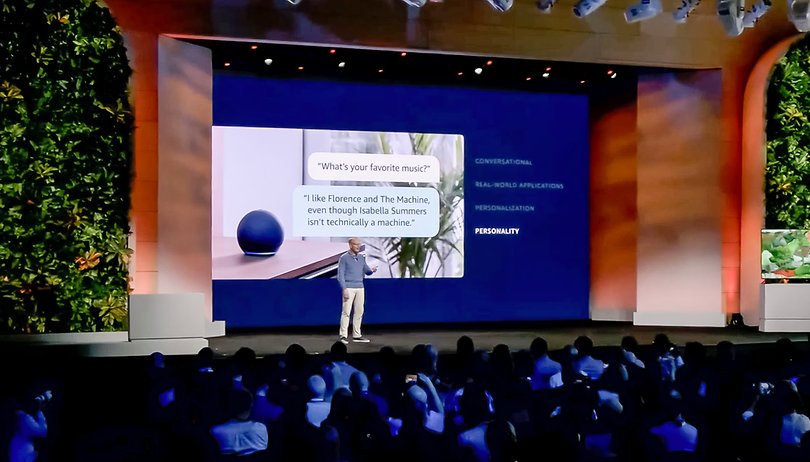

Read in other languages:
This week, at their annual event, Amazon showed off many new products and shared a glimpse into how we will interact with Alexa in the future. Amazon is working to make talking to Alexa feel more like chatting with a friend. The company is focusing a lot on the future of Alexa and how we’ll use AI to control our homes.
Before we start with the software, let's take a look at the new Amazon hardware: It was a veritable flood of products that came our way (for example, there were new Fire TV sticks and Fire HD 10 tablets, among other things). Especially exciting was a new hardware category for Echo devices: the Echo Hub.
As the name implies, it will be the main control center for all your smart home devices, and it offers an interface that is different from the usual Echo Show devices. In addition, the Echo Hub with wall mount and Power-over-Ethernet is made to be hung in a central location of your home. I also urge you to read the summary of the Echo Hub at this point.
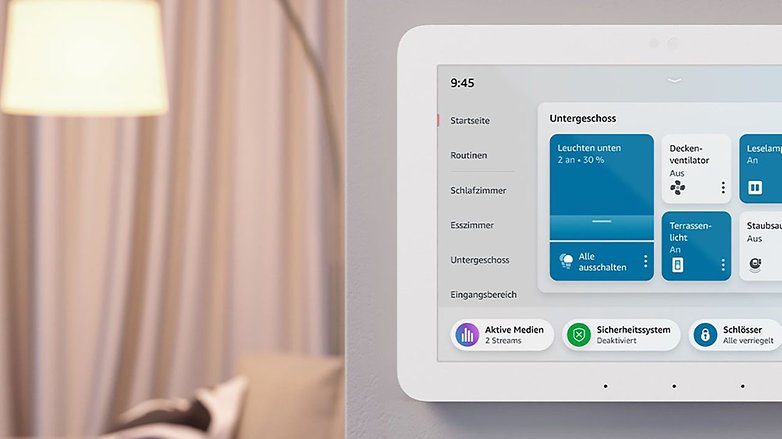
MapView brings order to the smart home of the future
A smart home that listens to your commands (and those of other family members, of course) sounds good at first.
"Hey [wish assistant], turn on the lights in the living room" just doesn't work in practice all too often. It also happens far too often that you simply don't remember the exact names of light bulbs, sockets, thermostats, etc. once they've been assigned.
That's why the new MapView feature picked me up right away. Using the LiDAR scanner of a compatible smartphone—currently it only works with iPhones—you scan your home, including windows, doors, furniture, and so on.
Amazon then creates a virtual image of your home, into which you can "plant" your gadgets. Of course, Amazon promises the highest level of protection in terms of data privacy. Trust is seen as one of the important pillars for the lasting success of the ecosystem.
We will take a closer look at how data protection is actually guaranteed in the end and what Amazon then does with the highly sensitive information elsewhere. In any case, it would be pretty creepy if Alexa were to suggest at some point: "Hey, nice place. Your carpet in the living room is looking pretty rancid. I have a wonderful replacement for you."

The trick of MapView: with it, the smart home understands itself. Instead of having to maintain endless lists of room assignments, you can move an object directly into the living room. Or hang it virtually above the kitchen counter. And that's precisely how you can control the objects.
What's more, if you forget, for example, that the new lamp in the living room is called "couch lighting", you can simply say: "Alexa, turn on the new lamp in the living room"—and you will be understood. By the way, we will come back to Alexa in detail in a moment.

Some people might say: Isn't it already the case today that you can assign a fixed location to the devices? Yes, that's true. But MapView is much more intuitive and faster than Apple's Home app, for example.
Alexa gets smarter and faster
Alexa is also getting new functions - and should become much more natural. This starts with how you start conversations with your virtual assistant in the first place.
Using sensors in devices, Alexa can determine whether you want to issue a command—and then jumps into action even without an activation word. If you activate this function, your assistant will automatically listen when you are just looking at an Echo Show, for example.
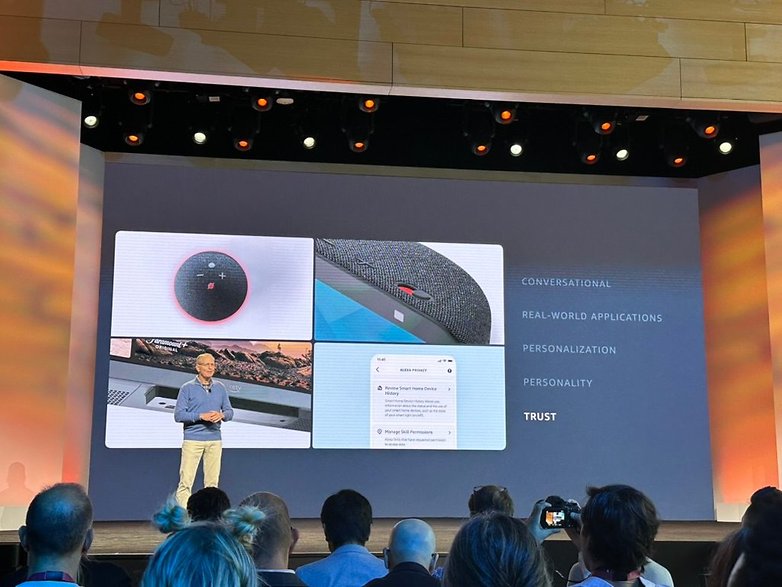
You can also conduct conversations across multiple commands and reference back to previous commands. And yes, of course, there are the usual gimmicks that current voice models allow, such as chatting with Alexa about Oscar-worthy movies that, outrageously, never won an Oscar. The interesting point here is that Alexa remembers previous conversations.
To enhance natural conversation, Alexa is aimed to become faster. Amazon intends to significantly reduce the pauses between commands and responses, achieving this on the one hand through improved speech models, and on the other, through edge computing—meaning more computing power in local devices.
The first Amazon Echo came onto the market in the USA on June 23, 2015.
